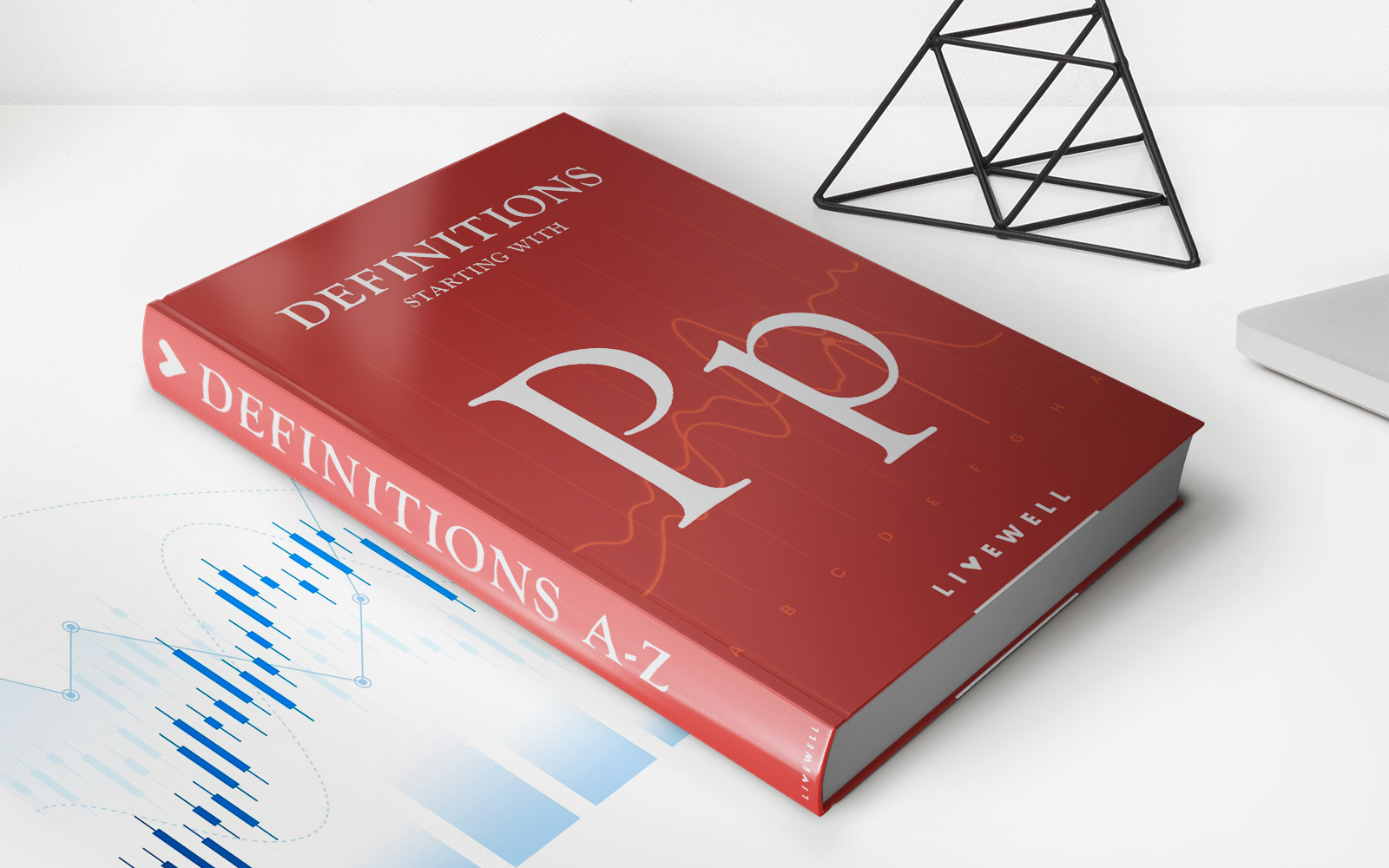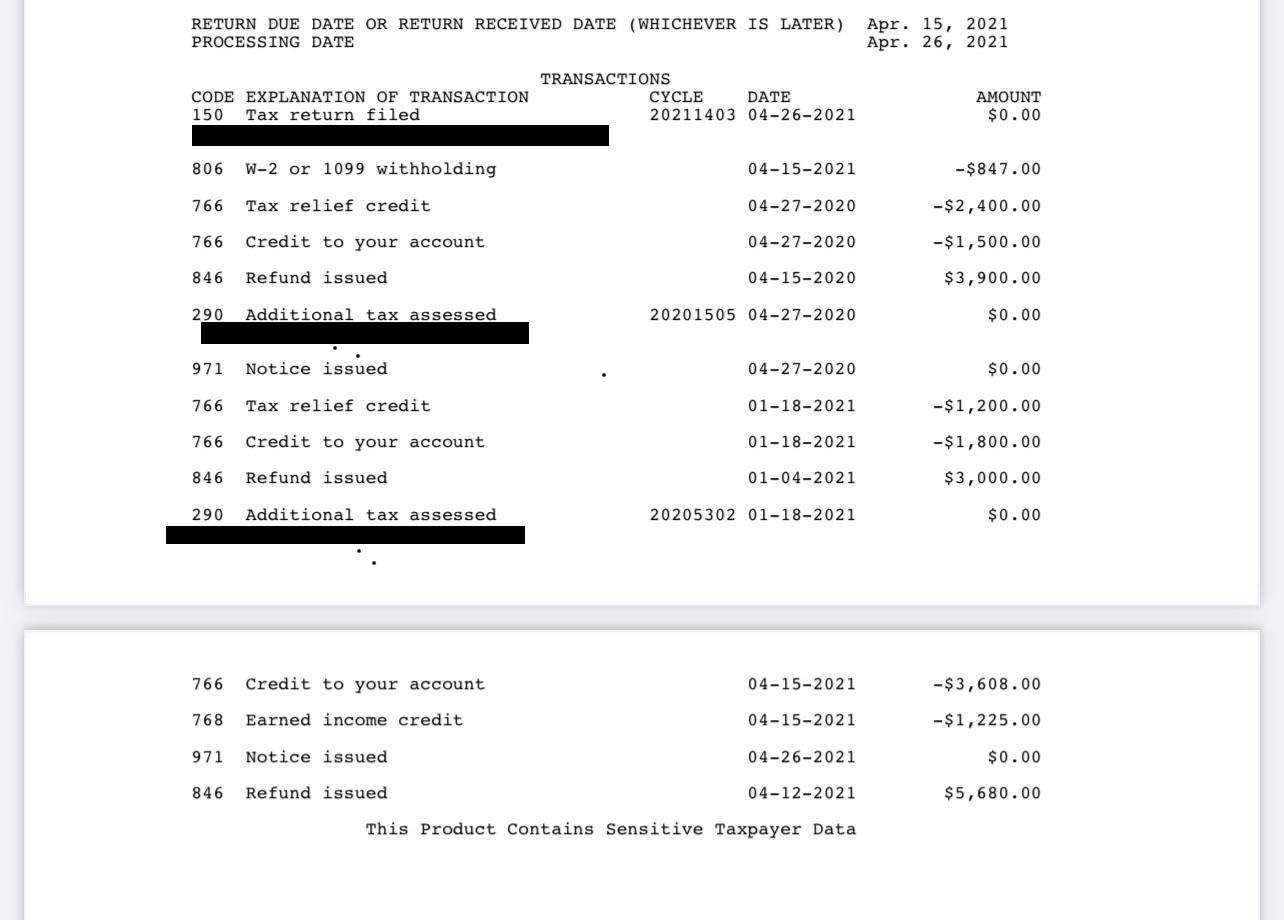Home>Finance>Hazard Rate: Definition, How To Calculate, And Example


Finance
Hazard Rate: Definition, How To Calculate, And Example
Published: December 4, 2023
Learn how to calculate hazard rate in finance with our comprehensive guide. Understand the definition and see a real-life example.
(Many of the links in this article redirect to a specific reviewed product. Your purchase of these products through affiliate links helps to generate commission for LiveWell, at no extra cost. Learn more)
Understanding Hazard Rate: Definition, How To Calculate, and Example
Have you ever heard of the term “hazard rate” but weren’t quite sure what it meant? Well, you’ve come to the right place! In this article, we’ll dive deep into the world of hazard rates and explore their definition, how to calculate them, and provide you with an example. So, let’s get started!
Key Takeaways
- The hazard rate is a statistical measure that represents the rate at which an event is likely to occur over time.
- It is commonly used in fields such as finance, insurance, and reliability engineering to assess the probability of failure or risk.
What is Hazard Rate?
The hazard rate, also known as the failure rate, is a statistical concept used to analyze the likelihood of an event occurring within a specific time interval. It is commonly used in various fields, including finance, insurance, and reliability engineering. The hazard rate provides valuable insights into the probability of failure or risk associated with a particular event or system.
In simple terms, the hazard rate can be defined as the conditional probability of an event occurring in an infinitesimally small time interval, given that it has not occurred until that point. It represents the rate at which an event or failure is likely to occur over time, and it is expressed in terms of events per unit of time.
To better understand hazard rates, let’s take a closer look at how they are calculated.
How to Calculate Hazard Rate?
Calculating the hazard rate involves analyzing an event’s occurrence over time. It can be calculated using different methods, depending on the data available and the specific application. Here’s a general formula to calculate the hazard rate:
Hazard Rate = (Number of Events in a Time Interval) / (Total Time Duration)
Let’s break it down step by step:
- Identify the time period or interval you want to analyze.
- Count the number of events that occurred within that time interval.
- Determine the total duration of the time interval.
- Divide the number of events by the total time duration to get the hazard rate.
Keep in mind that the hazard rate can change over time, so it’s essential to consider the specific time interval in your analysis.
An Example of Hazard Rate Calculation:
Let’s say you are analyzing the failure rate of a particular machine in a factory over a one-year period. Within that year, there were six instances of the machine malfunctioning.
Here’s how you can calculate the hazard rate:
- The time period for analysis is one year.
- The number of events (machine malfunctions) is six.
- Therefore, the hazard rate would be: 6 malfunctions / 1 year = 6 hazard rate per year.
In this example, the hazard rate would be expressed as 6 malfunctions per year, providing valuable insights into the machine’s reliability and potential risks.
By understanding hazard rates and how to calculate them, you can assess the probability of events occurring over time and make informed decisions in fields such as finance, insurance, or reliability engineering.
So, the next time you come across the term “hazard rate,” you’ll have a better understanding of what it means and how it can be used to analyze risks and probabilities. Remember, knowledge is power, and being aware of hazard rates can help you make more informed decisions.














